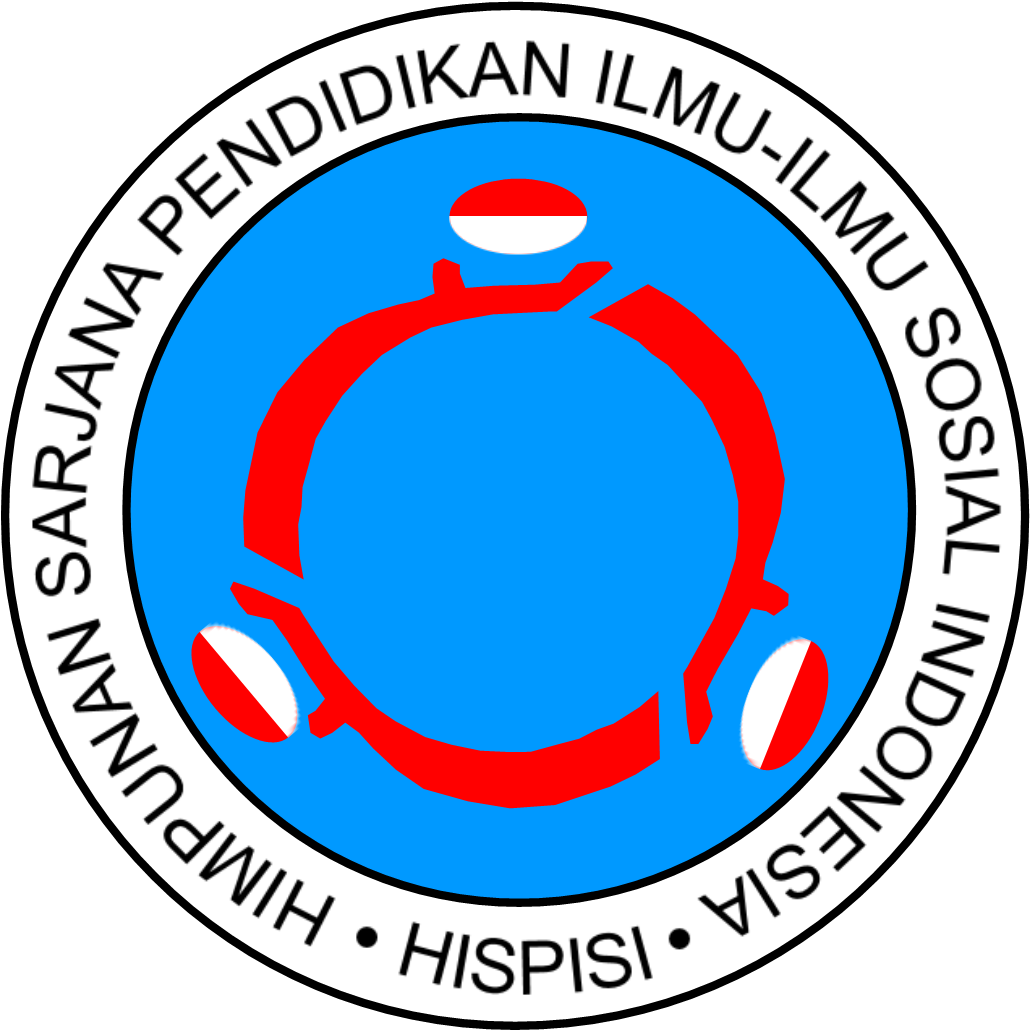The Impact of Tourism Development on the Social and Economic Conditions of the Community in Nusa Lembongan Island
Abstract
Keywords
Full Text:
PDFReferences
Comerio, N., & Strozzi, F. (2019). Tourism and its economic impact: A literature review using bibliometric tools. Tourism Economics, 25(1), 109–131.
Liu, A., Kim, Y. R., & Song, H. (2022). Toward an accurate assessment of tourism economic impact: A systematic literature review. Annals of Tourism Research Empirical Insights, 3(2), 100054. https://doi.org/10.1016/j.annale.2022.100054.
Mahadevan, R., & Suardi, S. (2019). Panel evidence on the impact of tourism growth on poverty, poverty gap and income inequality. Current Issues in Tourism, 22(3), 253–264.
Archer B (1995) Importance of tourism for the economy of Bermuda. Annals of Tourism Research 22(4):918–930.
Bali Provincial Tourism Office. (2017). Foreign Exchange Earnings and Tourist Arrivals to the Island of Bali in 2012-2016.
Gomes, V. C., Queiroz, G. R., & Ferreira, K. R. (2020). An overview of platforms for big earth observation data management and analysis. Remote Sensing, 12(8), 1253.
Giotis, G., & Papadionysiou, E. (2022). The role of managerial and technological innovations in the tourism industry: a review of the empirical literature. Sustainability, 14(9), 5182.
Kusmayadi, Edar Sugiarto. (2000). Research Methodology in Tourism. Jakarta: Gramedia Pustaka Utama.
Lim, G. E. H., Tang, A., Ng, C. H., Chin, Y. H., Lim, W. H., Tan, D. J. H., ... & Muthiah, M. D. (2023). An observational data meta-analysis on the differences in prevalence and risk factors between MAFLD vs NAFLD. Clinical Gastroenterology and Hepatology, 21(3), 619-629.
Mardhani, M., Abd Majid, M. S., Jama, A., & Muhammad, S. (2021). Does international tourism promote economic growth? Some evidence from Indonesia. Geo Journal of Tourism and Geosites, 37(3), 775-782.
Mathieson, A., & Wall, G. (1982). Tourism: Economic, Physical, and Social Impacts. Longman: Harlow, UK.
Netto, A. P. (2009). What is tourism? Definitions, theoretical phases and principles. Philosophical Issues in Tourism, 37, 43-62.
OECD (1991). Manual on Tourism Economic Accounts. Paris.
Rijnhart, J. J., Lamp, S. J., Valente, M. J., MacKinnon, D. P., Twisk, J. W., & Heymans, M. W. (2021). Mediation analysis methods used in observational research: a scoping review and recommendations. BMC medical research methodology, 21, 1-17.
Salawu, M. K. (2020). Tourism and economic growth in African largest economy. Eurasian Journal of Economics and Finance, 8(2), 68-84.
United Nations and World Tourism Organization (1993). Recommendations on Tourism Statistics. Statistical Papers Series M, No. 83, New York.
UNWTO. (2014). Annual Report of the World Tourism Organization. Retrieved on March 30, 2014, from http://dtxtq4w60xqpw.cloudfront.net/sites/all/files/pdf/unwto_annual_report_2014.pdf
Vali, A., Comai, S., & Matteucci, M. (2020). Deep learning for land use and land cover classification based on hyperspectral and multispectral earth observation data: A review. Remote Sensing, 12(15), 2495.
World Travel & Tourism Council. (2014). Travel & Tourism: Economic Impact 2014. http://www.wttc.org//media/files/reports/economic%20impact%20research/regional%20reports/world2014.pdf
World Travel and Tourism Council (1995). Travel & Tourism: A New Economic Perspective. The 1995 WTTC Report - Research Edition.
DOI: https://doi.org/10.17509/jpis.v33i1.68898
Refbacks
- There are currently no refbacks.
Copyright (c) 2024 Universitas Pendidikan Indonesia (UPI)

This work is licensed under a Creative Commons Attribution-ShareAlike 4.0 International License.














